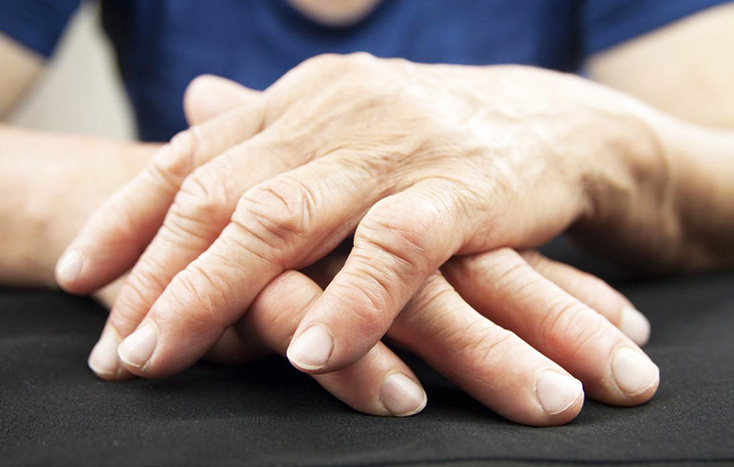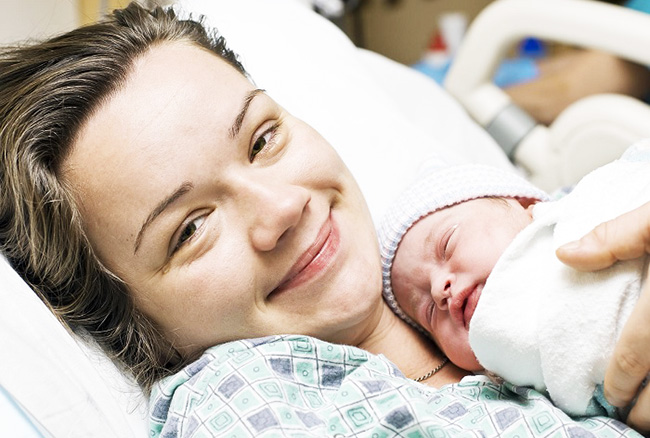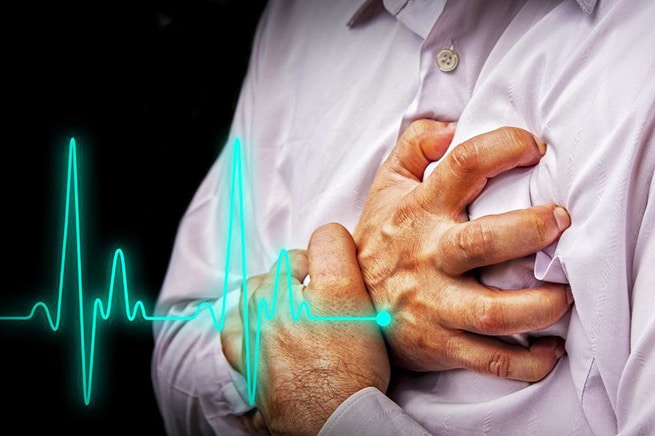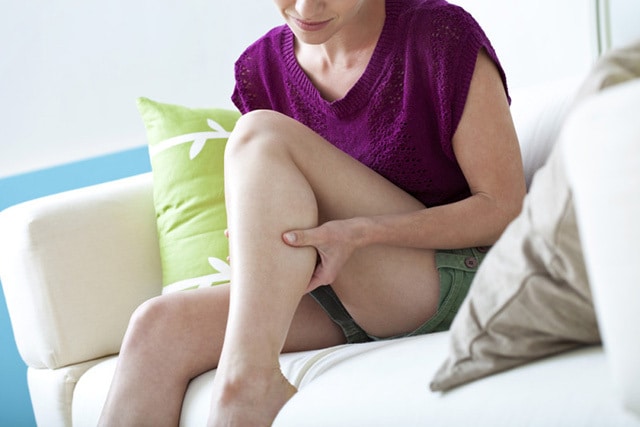Childbirth is a complex process, since it is the birth of the newborn to the external world. Following labor and delivery, the mother adjusts physically and psychologically; these changes involves body changes into the pre-pregnant state, as well as the sense of motherhood after her child is born. The following are some tips on what to expect and do following childbirth.
Vaginal Changes
The vagina may have physical changes following childbirth, since it served as passageway for the baby for those who have normal vaginal delivery. While it will not be exactly the same after birth, it may be very close because it has the ability to expand and recoil, as per What to Expect. Doctors and midwives are usually trained to determine if a woman has had a vaginal delivery; however, the woman may not see or feel any difference. According to the publication, the woman may perform Kegel or pelvic floor exercises to keep the muscles toned and taut, allowing the vagina to return as close to its pre-birth size and shape. In addition, Kegel exercises strengthens the muscles of the pelvic floor, manages postpartum urinary incontinence, and enhances sexual experience for the couple.
To perform the exercise, as per Web MD, the woman squeezes the muscles she uses to stop urinating for three seconds and relaxes them for another three seconds. She adds one second per week until she is able to squeeze for ten seconds each time. The exercise may be repeated for ten to 15 minutes per session.
Uterine Involution
Uterine involution is another change to expect after childbirth. As per Baby Center, a woman may still have a round midsection that makes her look like six months pregnant. A few hours after delivery, the uterus should be contracted to prevent bleeding and hemorrhage, a common complication of childbirth. Hours and days following the delivery, the uterus begins to reduce its size to its pre-pregnant state. Once allowed by the physician, the woman may perform exercises that tone her stomach muscles and burn calories. These may include aerobic programs and abdominal exercises.
Reducing Risk for Infection
Women have high risk for infection after childbirth, either they have undergone vaginal spontaneous delivery or Ceasarian Section (CS) operation, since a break in their skin integrity is present. In the first six weeks post-delivery, the person should not use any type of vaginal douche and tampons, since they allow bacterial growth, as per Health Pages. Also, sexual intercourse is not advised until all vaginal bleeding has stopped. Antibiotics are usually prescribed by the physician to prevent infection. The person’s responsibility is to listen to the health teachings of the nurse about medication compliance, especially antibiotics, to prevent infection and antibiotic resistance. It is vital to contact the physician if fever, pain, and tenderness in the lower abdomen are present.
Psychological Support
Some women experience postpartum blues or postpartum depression after childbirth. According to Mayo Clinic, this can be managed through making healthy lifestyle choices, which include walking with the baby, as part of the daily routine; setting realistic expectations by not pressuring oneself to do everything; making time for oneself, such as dressing, visiting a friend, or spending time alone with the partner; avoiding isolation and interacting with the partner, family, and friends; and asking for help from other people. For instance, someone may offer to baby-sit while others like friends invite for a movie or coffee date.
Childbirth serves as the official start of a family, with health promotion of the mother and the newborn as part of the goals. Thus, it is best to coordinate with the health care providers for health education on what to do and not to do after giving birth.
Source: gazettereview.com








